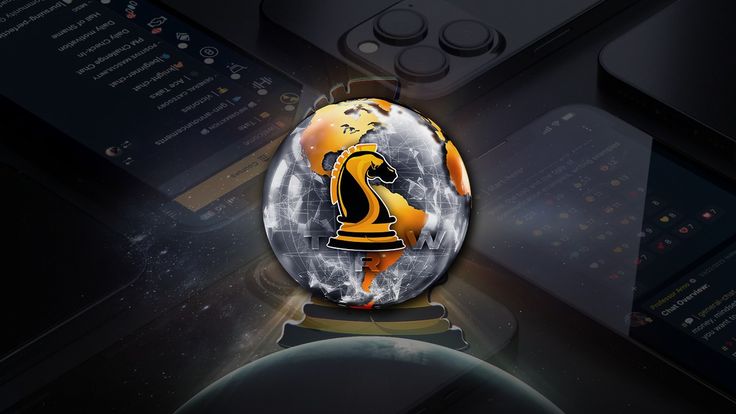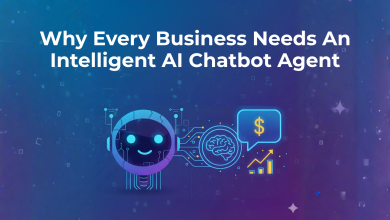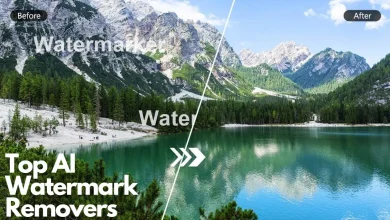
Leadership has always been about guiding people toward shared goals. In today’s rapidly evolving digital landscape, leadership is undergoing one of its most significant transformations. Artificial Intelligence (AI) is no longer a futuristic concept; it is a daily reality shaping how businesses operate, how teams collaborate, and how leaders inspire.
The era of command-and-control leadership is fading. In its place, a new model is emerging: leaders who harness AI to collaborate, empower, and innovate. The true mark of leadership in the AI age is not having all the answers, but knowing how to use technology to amplify human potential.
This article examines how AI is transforming leadership, the skills leaders require to succeed in this new era, and how learning platforms like The Real World are equipping the next generation to lead smarter, stronger teams.
From Command to Collaboration
For much of history, leadership was about control. In factories, offices, and traditional corporations, managers were expected to issue orders, and workers were expected to follow. Hierarchies were rigid, and success was measured by efficiency and obedience.
As AI automates routine tasks and offers real-time insights, leaders no longer need top-down control. Leadership now means facilitating collaboration between humans and AI.
- Empowerment: Teams are encouraged to experiment, innovate, and utilize AI tools to creatively solve problems.
- Agility: Leaders must respond quickly to rapidly changing technologies, utilizing AI-driven data to make informed decisions.
The future of leadership is less about commanding troops and more about orchestrating talent, both human and machine, into high-performing, adaptive teams.
How AI Is Reshaping Leadership
AI doesn’t replace leadership; it transforms it. Leaders who embrace AI gain a competitive edge in building smarter, stronger organizations. Here’s how:
1. Enhanced Decision-Making
Leaders once relied on instinct or incomplete data. Now, AI provides real-time analytics, predictive modeling, and scenario planning, enabling decisions to be informed by both intuition and forecasts.
AI helps leaders better understand their teams. By analyzing performance trends and identifying burnout risks, leaders can use AI insights to personalize support and development, creating healthier, more productive workplaces.
3. Increased Efficiency
With AI handling repetitive tasks like scheduling, data entry, or routine customer queries, leaders can focus on strategic thinking and people management. This redefines leadership as a human-centered role enhanced by technology.
4. Global Collaboration
AI-driven platforms allow distributed teams across continents to work seamlessly. Leaders can now build global teams, managing projects in real time regardless of location.
5. Innovation at Scale
AI encourages experimentation. Leaders who embrace AI empower teams to prototype faster, test new ideas, and bring innovations to market more quickly than before.
Skills Leaders Need in the AI Era
To thrive, leaders must adapt. The qualities that defined great leadership in the past—vision, communication, and resilience—remain essential. New skills are also critical in the age of AI.
- Technological Literacy
Leaders don’t need to be AI engineers, but they must understand how AI works and its applications in business. Ignoring AI is no longer an option. - Emotional Intelligence (EQ)
As AI handles more logical and repetitive tasks, human-centered skills such as empathy, communication, and conflict resolution become increasingly valuable. Leaders must connect with people to inspire trust and motivation. - Adaptability
AI evolves quickly. Leaders must be comfortable with constant change, adjusting strategies and structures as new tools emerge. - Ethical Awareness
AI presents challenges related to bias, privacy, and transparency. Leaders must uphold ethical practices to ensure technology benefits everyone. - Collaborative Thinking
In the AI age, no leader has all the answers. Leaders must foster teamwork where humans and AI systems enhance each other’s strengths.
The Real World’s AI Campus: Learning to Lead with AI
One of the biggest challenges for emerging leaders is knowing where to start with AI. The technology feels complex and intimidating. Innovative learning platforms bridge the gap between theory and practical application.
The Real World, founded by Andrew Tate, is a global hub for those seeking real-world income and opportunities. Its AI Campus helps students leverage artificial intelligence for business, freelancing, and leadership.
- Practical Learning: Unlike academic programs heavy on theory, the AI Campus teaches hands-on skills that learners can apply immediately to projects or businesses.
- Mentorship: Students gain access to experts and mentors who guide them through challenges, preventing them from getting stuck. The Real World connects learners with individuals building careers and income streams through AI.
- Focus on Leadership: The AI Campus emphasizes not only how to use AI tools but also how to integrate them into teams, projects, and entrepreneurial ventures, making it especially relevant for future leaders.
By combining education with execution, The Real World is creating a new generation of leaders who are empowered and ready to thrive in the digital economy.
How Leaders Can Harness AI to Build Stronger Teams
Understanding AI is one thing; true leadership means using it to enhance teams. Here’s how forward-thinking leaders use AI to elevate performance:
- Automate to Liberate
Automating repetitive tasks frees employees to focus on more creative and meaningful work. Leaders who utilize AI in this manner foster more engaged teams. - Data-Driven Coaching
AI can highlight skill gaps, productivity patterns, and areas for improvement. Leaders can then provide targeted coaching and support tailored to each individual’s needs. - Smarter Recruitment
AI tools streamline hiring by analyzing resumes, predicting cultural fit, and reducing bias. Leaders can use this data to build diverse, high-performing teams. - Continuous Learning
AI-driven platforms recommend personalized learning paths tailored to each employee. Leaders who prioritize upskilling ensure their teams stay competitive in a rapidly evolving marketplace. - Innovation Culture
By encouraging experimentation with AI tools, leaders create cultures of innovation where new ideas are tested quickly and scaled successfully.
The Future of Leadership Is Human + Machine
It’s easy to assume AI will replace leaders, but the truth is more nuanced. AI doesn’t lead—it assists. The leaders of tomorrow are those who understand how to combine human qualities, such as empathy, vision, and creativity, with AI’s speed, precision, and scalability.
Just as past leaders harnessed electricity, the internet, or globalization, today’s leaders must harness AI—not to dominate people but to empower them.
Final Thoughts
Leadership has always evolved with technology. The industrial age required command. The information age rewarded expertise. Now, the AI age demands collaboration, adaptability, and vision.
The leaders who succeed will be those who view AI not as a threat, but as a partner—utilizing it to build smarter, stronger teams that innovate and thrive.
For aspiring leaders wondering where to begin, platforms like The Real World’s AI Campus provide a practical entry point. By learning how AI works and how to apply it in real-world contexts, you can position yourself at the forefront of leadership’s next great evolution.
The question isn’t whether AI will reshape leadership—it has already done so. The real question is whether you will be prepared to lead in this new era.




